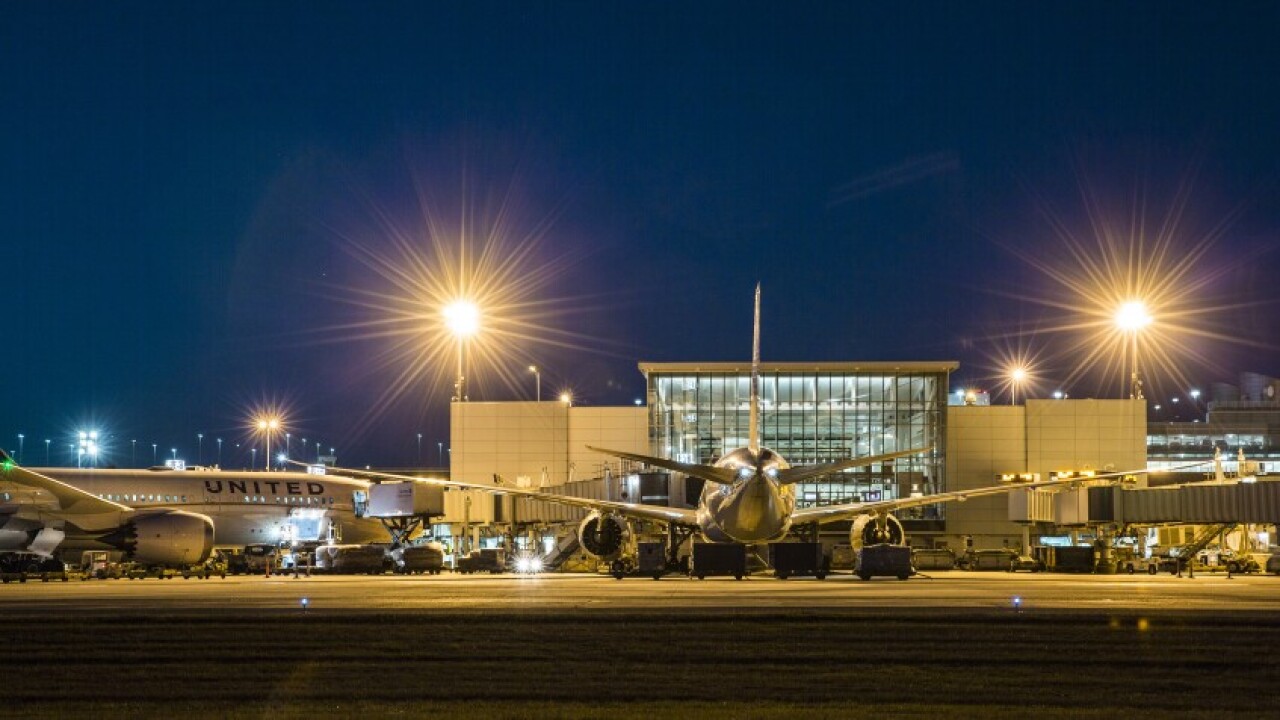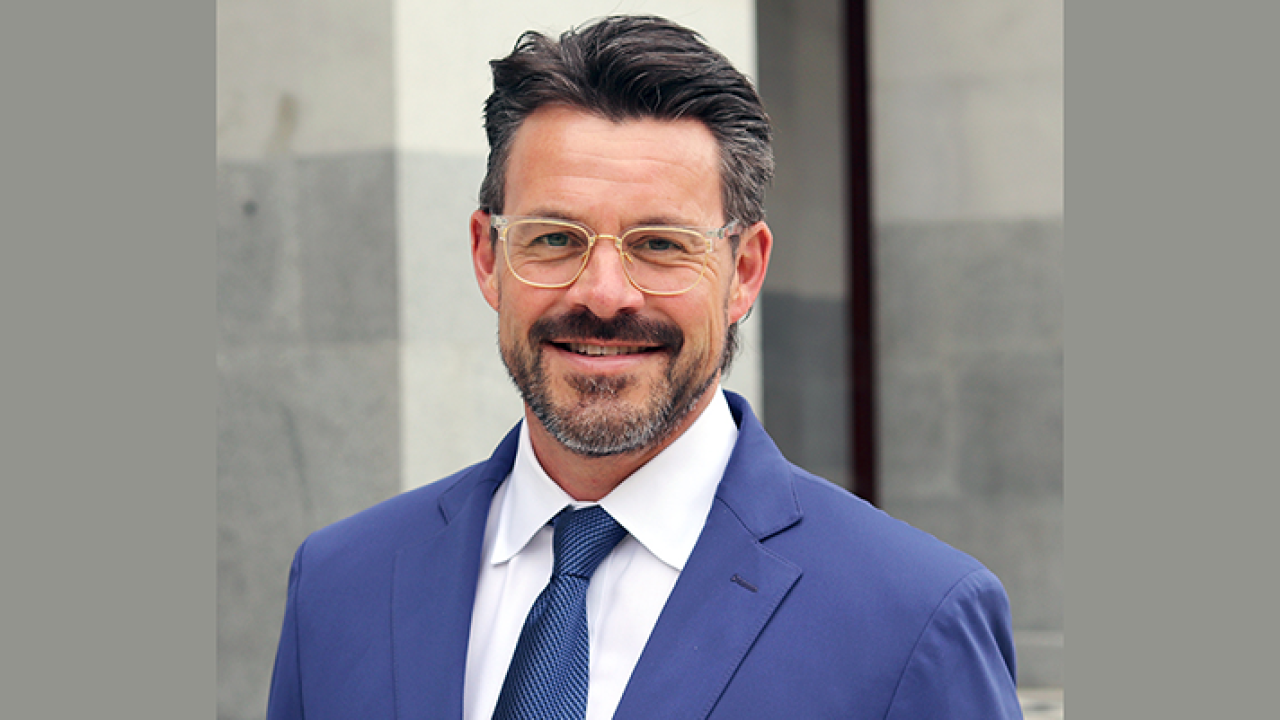The Government Accountability Office has issued a legal decision that says highways maintained by private third parties under public-private partnerships, including tolled highways, are eligible for federal highway grant funding.
It's a rule that some lawmakers want to change.
Bingaman, who chairs the Senate Finance subcommittee on energy, natural resources, and infrastructure, introduced legislation in April that would require any privately operated or tolled length of highway to be excluded from the state's total highway lane miles that are tallied for the purpose of calculating its annual federal apportionments.
The bill was co-sponsored by Sen. Chuck Grassley, R-Iowa, who is the ranking minority member on the Senate Finance Committee.
The DOT uses a formula of several factors to determine federal highway funding allocations.
It includes not only the number of highway miles in a state but also the miles that are driven in the state, population, diesel fuel used on the state's portion of the national highway system, and certain program-specific factors, such as the number of fatalities.
The federal highway trust fund is funded mostly from fuel taxes and user fees that are paid by drivers in each state and then pooled together in the federal account.
As a result, the inclusion of tolled or privately maintained stretches of highway has rankled some lawmakers as part of a broader conflict over formula-based funding that causes some states to become so-called donor states, paying more than they receive, and other mostly rural states to receive more than they pay.
"It simply makes no sense that the [toll] road should continue to qualify for highway funding if the road is privately operated," Bingaman said.
The current transportation authorization law, known as SAFETEA-LU, does allow the DOT to include in federal funding formulas "total lane miles," the GAO clarified in its decision.
Previously, in transportation laws enacted in 1976 and 1978, Congress excluded toll-road miles from the calculation, the GAO said. However, that was reversed by the multi-year transportation law that was enacted in 1998 and subsequent reauthorizations.
Gordon wrote that the GAO believes the DOT's interpretation - making no distinction between publicly or privately operated and controlled facilities - is "reasonable" and that Congress did intend to broaden inclusion in the federal formula when it changed its statutory language.
"Further, the statute refers to miles of roadways 'in each state,' not miles controlled or maintained by each state," he wrote.
The GAO also recognized as "reasonable" the interpretation that P3 miles are excluded from the formula when those miles are not paid in full by the state. T
hat interpretation of the law would assume that Congress "intended to align apportionment with states' highway costs," which would be minimal if a private entity operated and maintained the highway or tolled lanes.
However, "in our view, the legislative history ... weighs in favor of the department's interpretation," the GAO said.





